Trek Madone vs Emonda, the bikes of Ryder Hesjedal
Spoiled for choice? We take a detailed look at two race machines
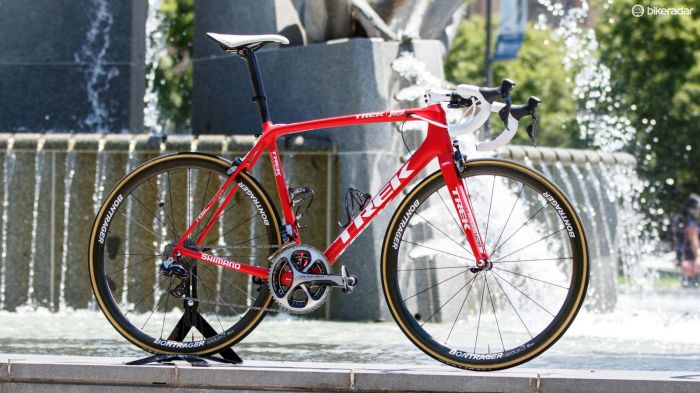
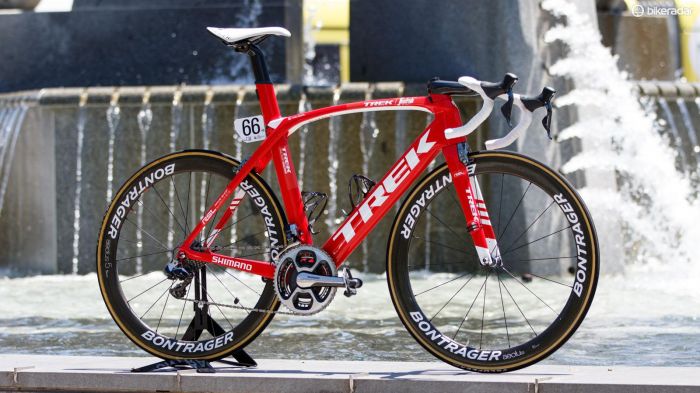
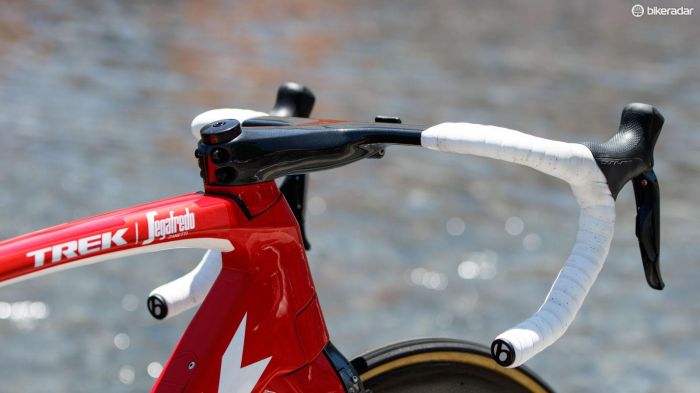
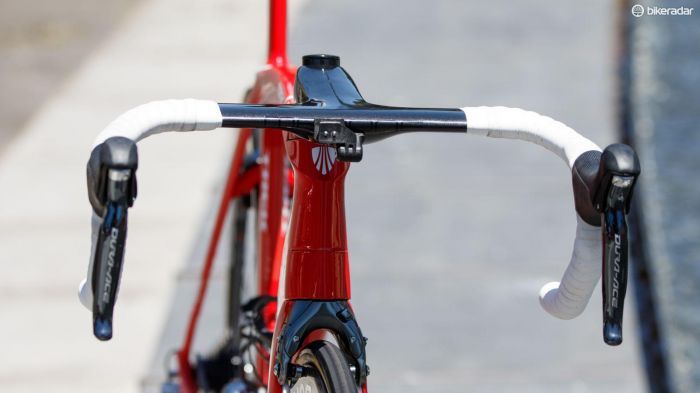
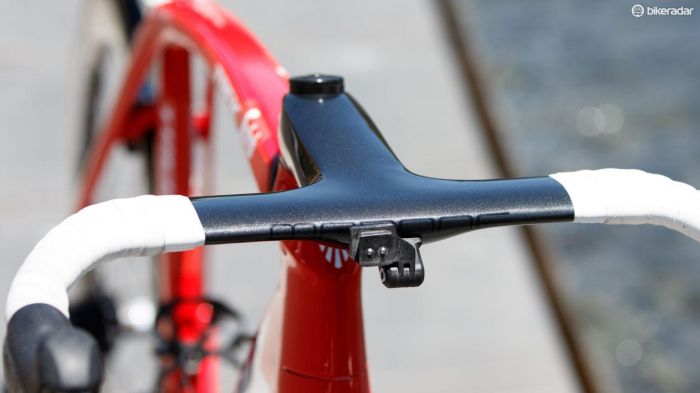
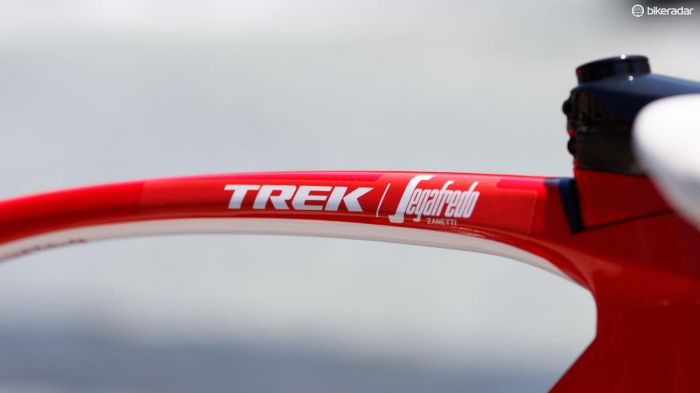
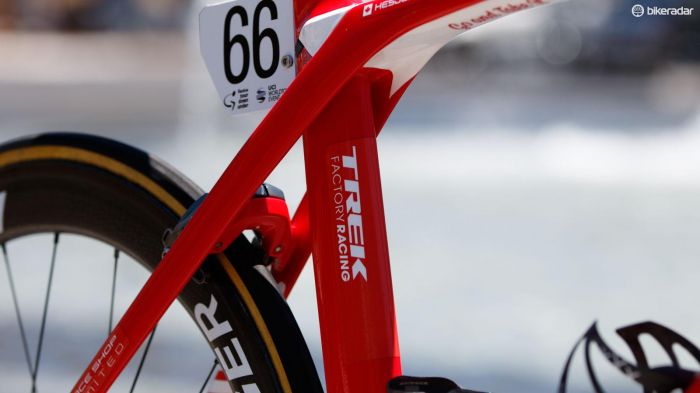
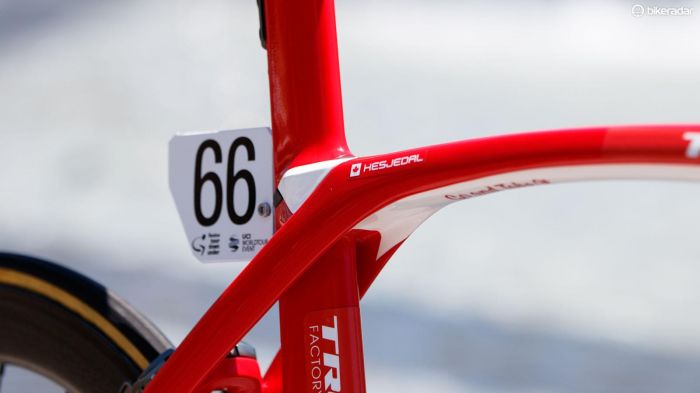
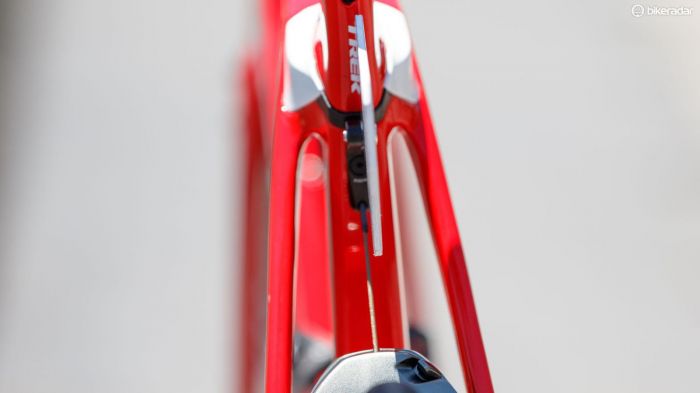
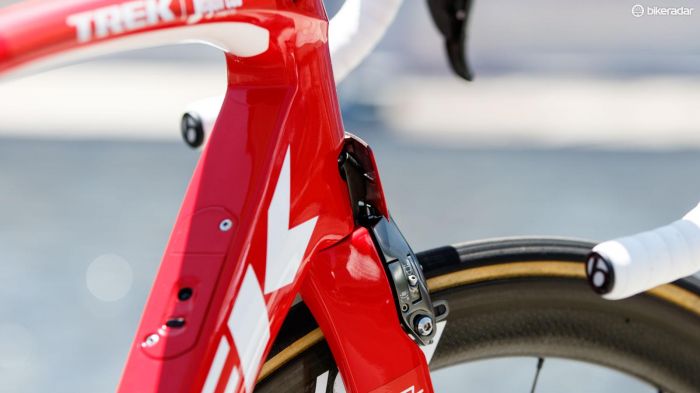
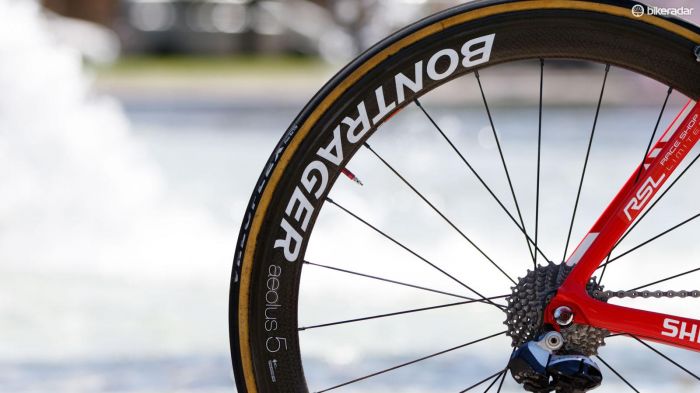
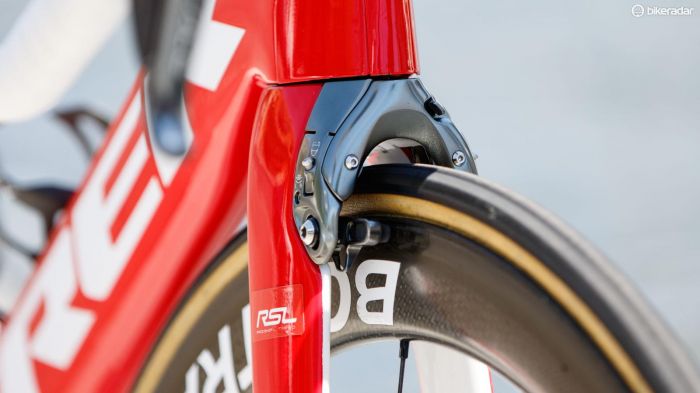
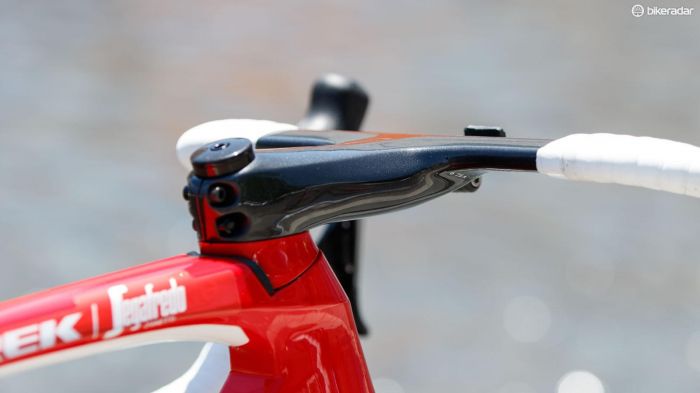
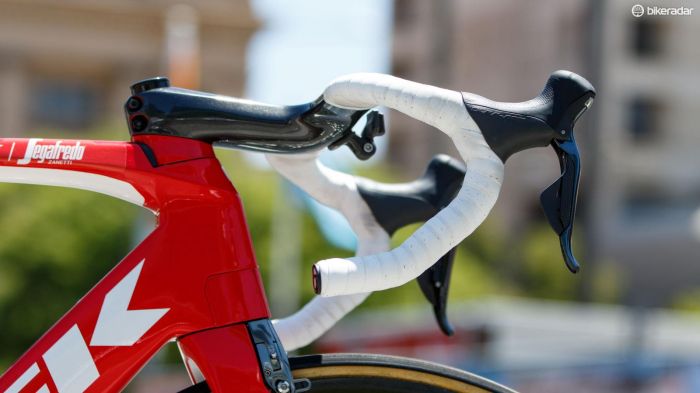
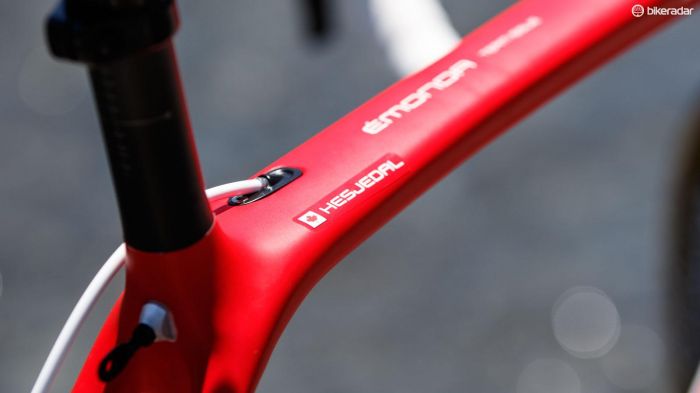
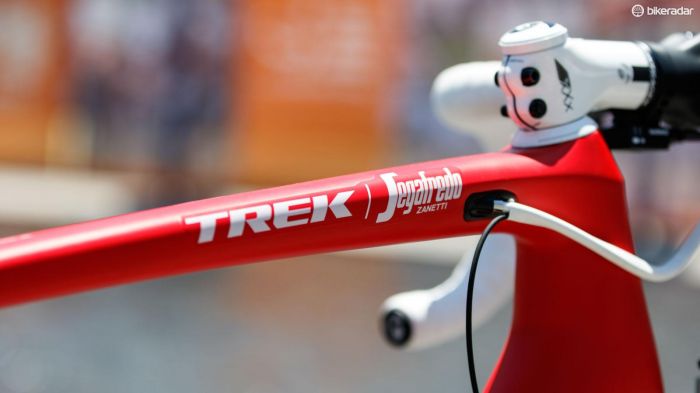
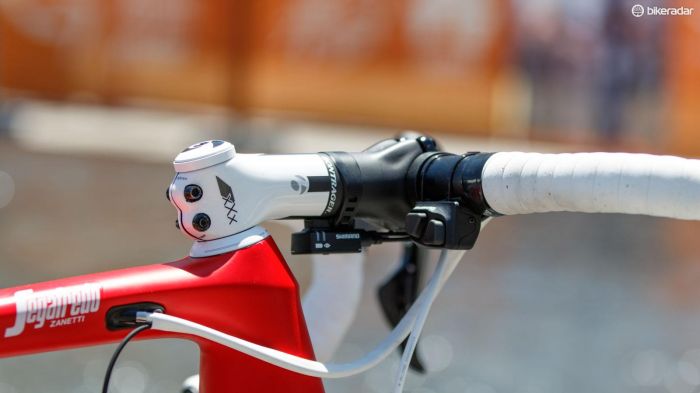
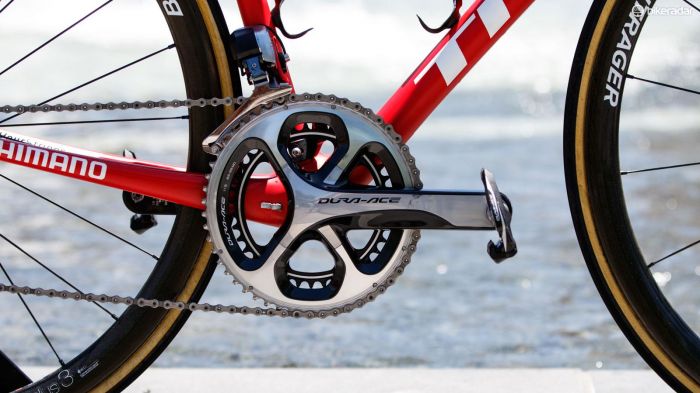
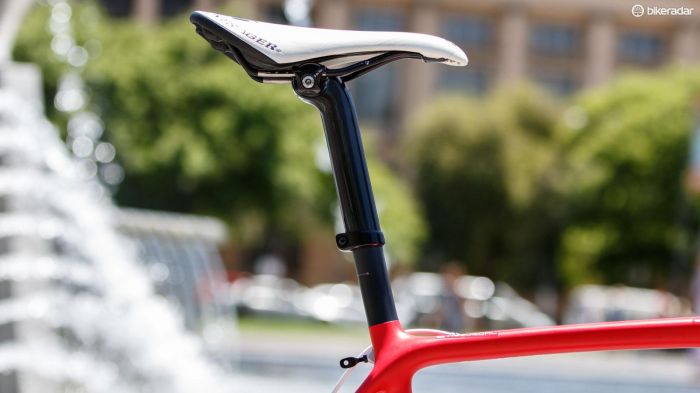
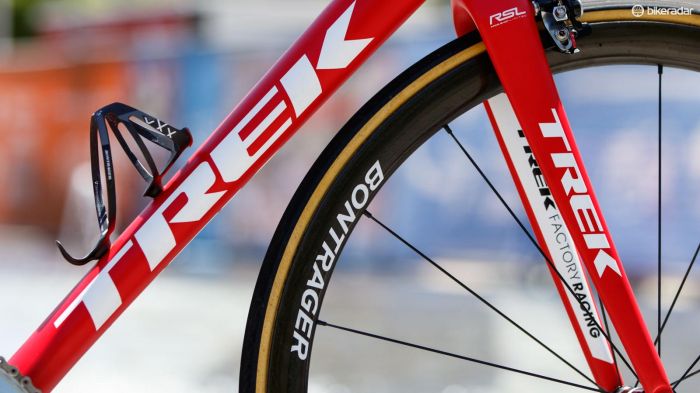
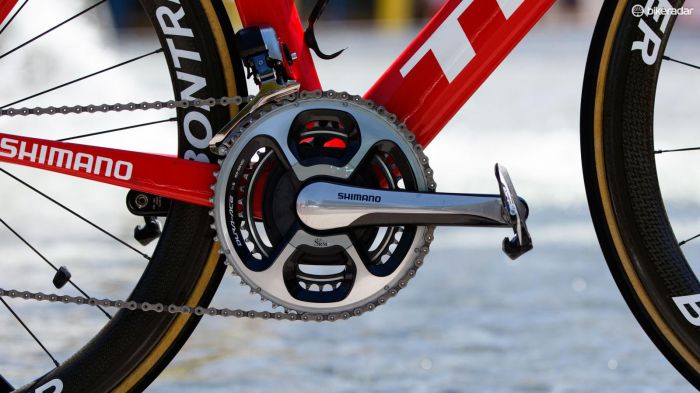
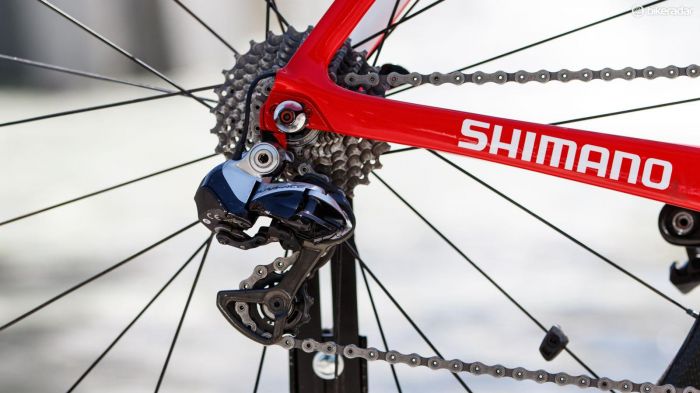
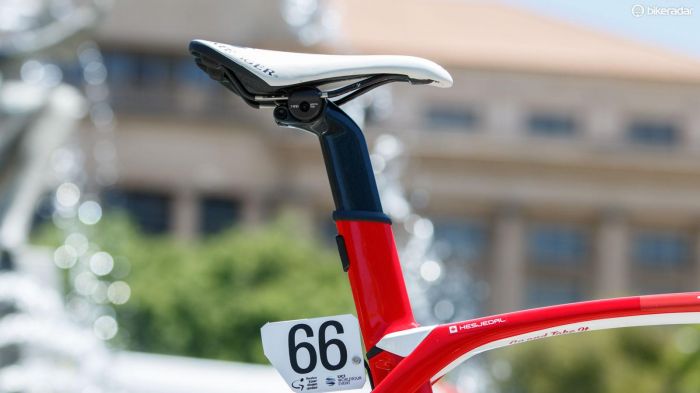
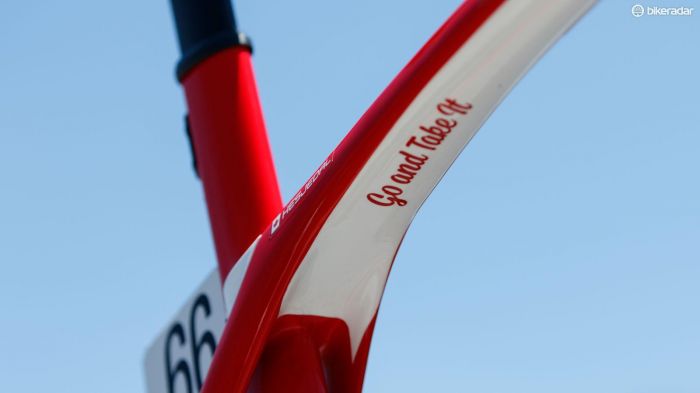
This article originally appeared on BikeRadar
Pro bike: Ryder Hesjedal's Cannondale SuperSix Evo Hi-Mod
Ryder Hesjedal's Tour de France Cannondale SuperSix EVO
Hesjedal looks forward to change with Trek Factory Racing, focuses on Giro d’Italia in 2016
Hesjedal, Reijnen to make Trek Factory Racing debut at Tour Down Under
Trek Madone voted best team bike in 2015 Cyclingnews Reader Poll
2016 WorldTour team bikes guide
Ryder Hesjedal's Trek Madone 9 Series - Gallery
Cancellara and Hesjedal model 2016 Trek-Segafredo kit - gallery
For the former winner of the Giro d'Italia, it's a choice between what's perhaps the fastest aero machine money can buy, or one of lightest production bikes going. However, when you're a Grand Tour winner, you can swap to the best option for the day. That's exactly what Ryder Hesjedal does with his new Trek Madone and Emonda team bikes.
2016 sees Canada's only GT winner return to the Wisconsin behemoth, Trek bikes, a brand he was associated with back in his mountain biking days (through Gary Fisher bicycles), and in his early days as a professional on the road.
During the Tour Down Under, BikeRadar got to briefly sit down with the relaxed and approachable Canadian, to try to gain a better understanding of his bike-swapping ways. These, according to Hesjedal, are a simple matter of best matching the bike to the course on the day. If there are climbs to be had, he'll – like most riders – want to be on the very lightest (6.8kg) bike possible. Where the road is flatter and faster, the weight is less an issue and he'll pick the aero bike.
It's something he used to do when he rode Cervélos with the Garmin team, with access to the 'R' and 'S' series bikes. For 2015, such a luxury was lost with his former Cannondale team having access to just one road bike – the SuperSix Evo HM.
Madone has all the tricks
For cheating the wind, the recently revised Madone 9 series H1 is commonly regarded as the finest complete aero road bike available, and was recently voted the 'best team bike of 2015' by Cyclingnews readers.
Get The Leadout Newsletter
The latest race content, interviews, features, reviews and expert buying guides, direct to your inbox!
To receive such praise, Trek didn't just design a fast frameset, but rather started ground-up and created a whole bike. Sure its wheels and drivetrain are standard items, but just about everything else has been designed with integration in mind.
Such an example is seen in the integrated centre-pull brake calipers, which are placed flush into the frame. At the front, the head tube features little spring-loaded 'doors' that open to provide space for the brake hardware as the bars are turned. Cables too are kept hidden within the frame, with only the smallest amount of wire visible from out the back of the seat tube.
Following a trend we're starting to see more of on the latest crop of superbikes, the Madone uses its own integrated handlebar and stem combination. Here, Hesjedal uses a rarely seen combination of a 140mm stem length and a narrow 40cm bar width in the one-piece carbon component.
While the aero details are near endless, another big part of the story is ride comfort. Here the new Madone borrows the 'IsoSpeed' technology from the cobble-eating Domane road bike. It's not possible to tell from the outside, but the Madone hides a secondary seat tube within the deep external aero mast. Here, the secondary tube flexes on a pivot point to provide vastly improved seated comfort.
It would be safe to assume that all this technology comes at a significant weight penalty. But you would be wrong. Trek claims a 56cm frame is just 950g – although that strangely seems heavy when you compare it to the claimed 690g of an equivalent Emonda frame.
Emonda for the hills
Notoriously picky in his setup, Hesjedal is one of the few riders who requests his bikes hit the UCI's 6.8kg minimum weight limit for races in the hills. Given that he rides a large 58cm frame, this is no small feat and so when the road points to the sky, his choice points to the super light Emonda.
First revealed in 2014, the Emonda was launched with claims of being the world's lightest product bike. While such a title is also fought over by the likes of Canyon and Merida, the Emonda is still unquestionably right up there.
Surprisingly the difference in weight between the two bikes isn't as extreme as you may think at just 500g. Hesjedal's Madone features deeper Aeolus 5 tubular wheels and a SRM power meter, while his Emonda – at the time of pictures and weight-in – has no power meter and shallower Aeolus 3 wheels. Regardless of how insignificant that number may seem, it's a noticeable amount for a rider of Hesjedal's calibre.
With so much talk of motor doping lately, it's hard to ignore the time Hesjedal came under the spotlight of such accusations during a crash at the 2014 Vuelta a España. With Hesjedal's preference for a bike that's just 500g lighter should shine light into how improbable the previous accusations were (in case the stationary cranks weren't enough proof…).
While he states it's not a factor on his bike choice, the Trek-Segafredo rider does state the ride quality of the Emonda is marginally smoother than that of the Madone.
Similarities and differences
The long-limbed Canadian uses a near identical position between both bikes, although the Madone is ever so slightly more stretched out with a marginally longer stem and lower drop handlebar.
Two obvious extremes on Hesjedal's bikes are the 180mm crank length and equalled saddle to handlebar drop. Such a number is certainly on the extreme side and Adam Hansen (Lotto Soudal) is perhaps the only other rider in the pro peloton with such a number.
Compared with his 56cm Cannondale of the past season, Hesjedal is now riding more sensibly sized 58cm frames. This is purely due to Trek's production of 'H1' frames, where the head tube heights are designed to provide an aggressively low position (especially compared to the brand's more consumer-orientated H2 frames). This allows Hesjedal his radically low riding position without having to resort to downsizing in frames.
As already mentioned, when we looked over Hesdejal's Emonda, it lacked an SRM power meter in order to hit the 6.8kg weight limit. It's the same story as when we looked at his Cannondale SuperSix Hi-Mod of 2015. However, we've since seen race photos of Hesjedal on his Emonda with a SRM, which would likely put it closer to 6.95kg.
In a shift from last year's Cannondale, Hesjedal has switched from his previous weight conscious choice of mechanical gearing to Dura-Ace Di2. We suspect such a change wasn't forced upon him as his new teammate – Fabian Cancellara – notoriously prefers the feel and control of the mechanical group.
Making use of the Di2, Hesjedal is using a SW-R600 Climbing Shifter for rear shifting control when on the handlebar tops. Proving the specialisation of the two bikes, such an addition only features on his climbing-focused Emonda.
There's a new perch for the Canadian, with the Trek-Segafredo team using Bontrager items exclusively. With this, Hesjedal is on a softly padded 'Team Issue' saddle, an older model you likely won't find at your local Trek shop.
Rubber wise, Hesjedal has moved from Mavic to VeloFlex tubulars. Such a change doesn't actually mean much though, given the Mavic tubulars used by the Cannondale Pro Cycling team are actually relabelled VeloFlex items – so we suspect Hesjedal feels right at home.
Complete bike specifications – Madone
Frame: Trek Madone ‘Race Shop Limited’ H1, 58cm
Fork: Trek Madone
Headset: Madone integrated, 1-3/8" top, 1.5" bottom
Stem: Madone XXX Integrated Bar/Stem, 140mm x -17 degrees
Handlebar: Madone XXX Integrated, Anatomic bend, 40cm (c-c)
Tape: Bontrager Cork
Front brake: Trek Madone integrated
Rear brake: Trek Madone integrated
Brake levers: Shimano Dura-Ace Di2 STI Dual Control ST-9070
Front derailleur: Shimano Dura-Ace Di2 FD-9070
Rear derailleur: Shimano Dura-Ace Di2 RD-9070
Shift levers: Shimano Dura-Ace Di2 STI Dual Control ST-9070
Cassette: Shimano Dura-Ace CS-9000, 11-28T
Chain: Shimano Dura-Ace CN-9000
Crankset: SRM Shimano 11-speed, 180mm, 53/39T
Bottom bracket: Trek BB90, steel bearing
Pedals: Shimano 9000 Dura-Ace
Wheelset: Bontrager Aeolus 5 DR3 tubular
Front tyre: Veloflex Criterium, 23mm
Rear tyre: Veloflex Criterium, 23mm
Saddle: Bontrager ‘Team Issue’, soft padding
Seatpost: Bontrager long, 25mm set-back
Bottle cages: Bontrager XXX Cage (2)
Computer: SRM Power Control 8, Bontrager DuoTrap ANT+ speed sensor
Complete bike specifications – Emonda
Frame: Trek Emonda Project One H1, 58cm
Fork: Trek Emonda
Headset: CaneCreek integrated, tapered
Stem: Bontrager XXX, 130mm x -17 degrees
Handlebar: Bontrager Race Lite, Shallow bend, 42cm (c-c)
Tape: Bontrager Cork
Front brake: Shimano Dura-Ace BR-9000
Rear brake: Shimano Dura-Ace BR-9000
Brake levers: Shimano Dura-Ace Di2 STI Dual Control ST-9070
Front derailleur: Shimano Dura-Ace Di2 FD-9070
Rear derailleur: Shimano Dura-Ace Di2 RD-9070
Shift levers: Shimano Dura-Ace Di2 STI Dual Control ST-9070, plus Di2 SW-R600 Climbing Shifter
Cassette: Shimano Dura-Ace CS-9000, 11-28T
Chain: Shimano Dura-Ace CN-9000
Crankset: Shimano Dura-Ace 9000, 180mm, 53/39T
Bottom bracket: Trek BB90, steel bearing
Pedals: Shimano 9000 Dura-Ace
Wheelset: Bontrager Aeolus 3 DR3 tubular
Front tyre: Veloflex Criterium, 23mm
Rear tyre: Veloflex Criterium, 23mm
Saddle: Bontrager ‘Team Issue’, soft padding
Seatpost: Bontrager long, 25mm set-back
Bottle cages: Bontrager XXX Cage (2)
Computer: SRM Power Control 8, Bontrager DuoTrap ANT+ speed sensor
Critical measurements
Ryder's height: 1.87m (6ft 2in)
Ryder's weight: 73kg (161lb)
Saddle height from BB, c-t: 834mm
Saddle setback: 96mm
Seat tube length (c-t): 553mm (both Madone and Emonda)
Tip of saddle to middle of bar: 647mm
Saddle-to-bar drop: 180mm
Head tube length: 160mm (both Madone and Emonda)
Top tube length (effective): 573mm (both Madone and Emonda)
Total bicycle weight: Emonda - 6.83kg (15.06lb). Madone – 7.34kg (16.18lb), both without SRM PC8 head unit